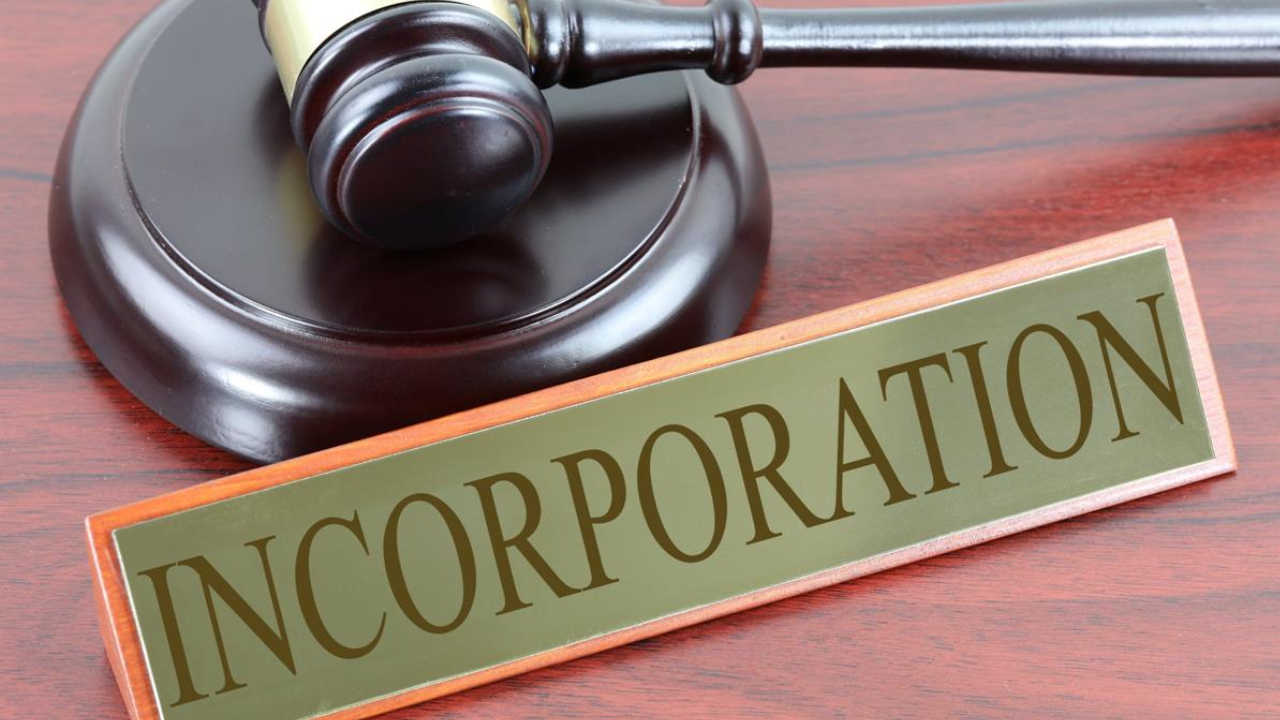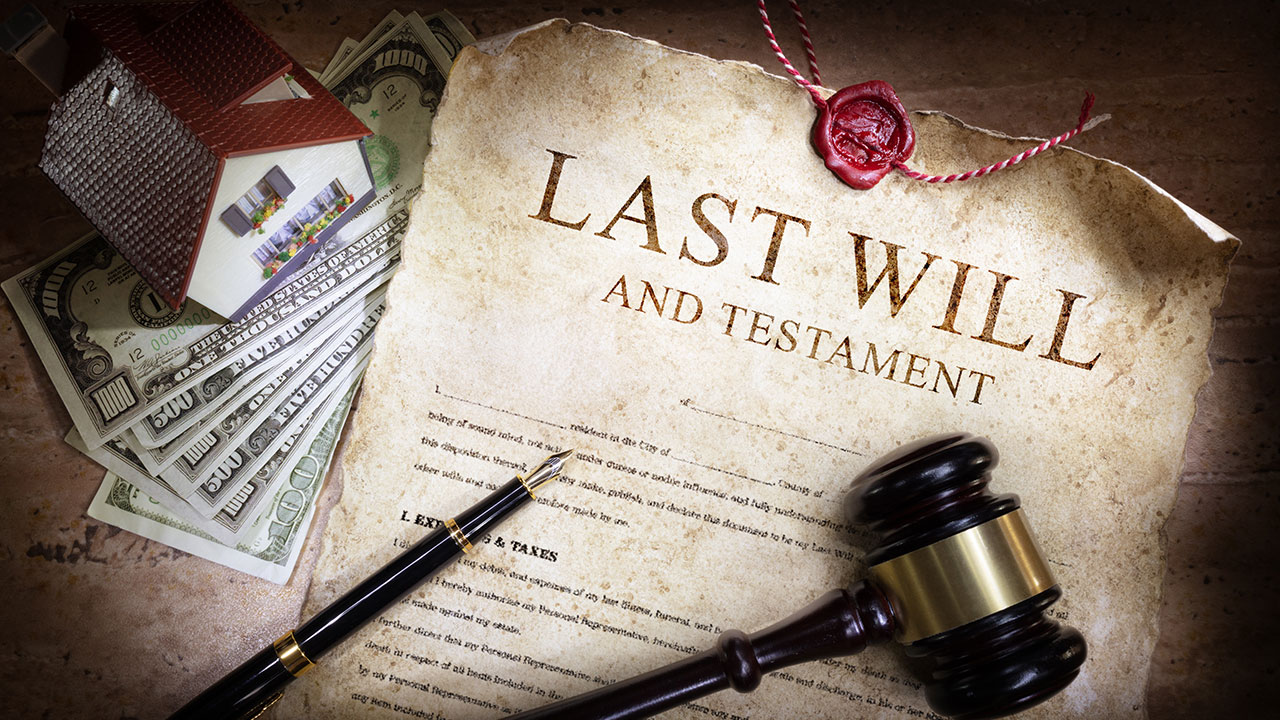A Residential Tenancy Agreement, also known as a Residential Lease Agreement, is a contract that outlines the rights and responsibilities of a landlord and their tenant(s). In other words, it sets out the terms of a residential tenancy.
You may use this agreement when renting a residential space, such as a room, house, apartment, condo, basement suite, duplex, mobile home, or townhome. If you are renting a business property, use a Commercial Lease Agreement instead.
Our template allows you to customize a lease to your specific rental situation, whether it be yearly, month-to-month, or something more uncommon.
A Residential Tenancy Agreement can also be referred to as a:
Rental lease agreement
Leasing agreement
Rental contract
Lease
Benefits of using a Residential Tenancy Agreement
Despite not usually being a legal requirement, using a Residential Tenancy Agreement can be beneficial for many reasons, such as the following:
It provides clarity and prevents disputes: Using a lease clarifies the landlord and tenant’s obligations. When there is an issue, such as a repair, you can prevent a dispute and determine responsibility by referencing the agreement.
It proves each party agreed to the terms: With a signed agreement, you and the other party are bound to your obligations. Your signatures prove both of you agreed to and acknowledged the terms of the agreement.
It legally protects landlords and tenants: A properly executed lease safeguards both landlords and tenants. If you end up in a legal dispute, the written lease may help you prove your case.
Relying on a verbal contract is insufficient. When landlords and tenants rely on a verbal agreement only, they may remember the original details of the arrangement differently and disagree about things like renewal terms. Also, some provinces and scenarios require a written contract.
The best way to lower risk and prevent disputes is by creating a Residential Tenancy Agreement so you have a written document that you can reference.
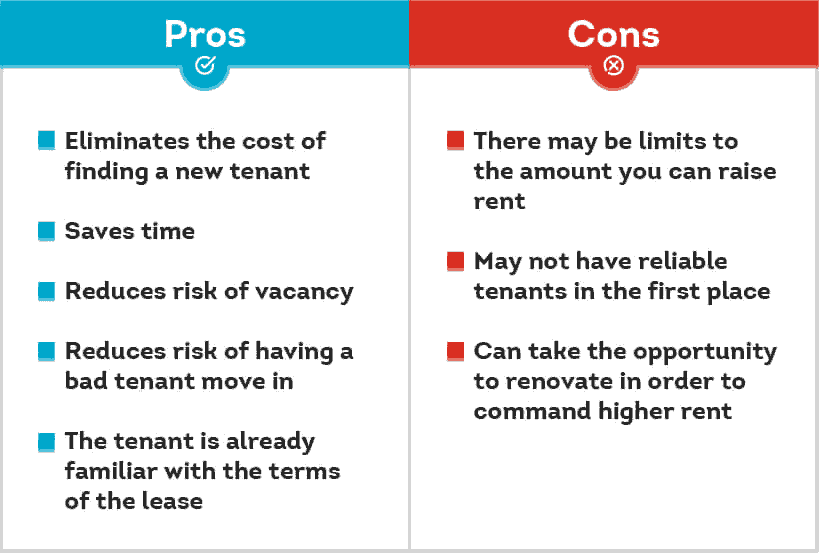
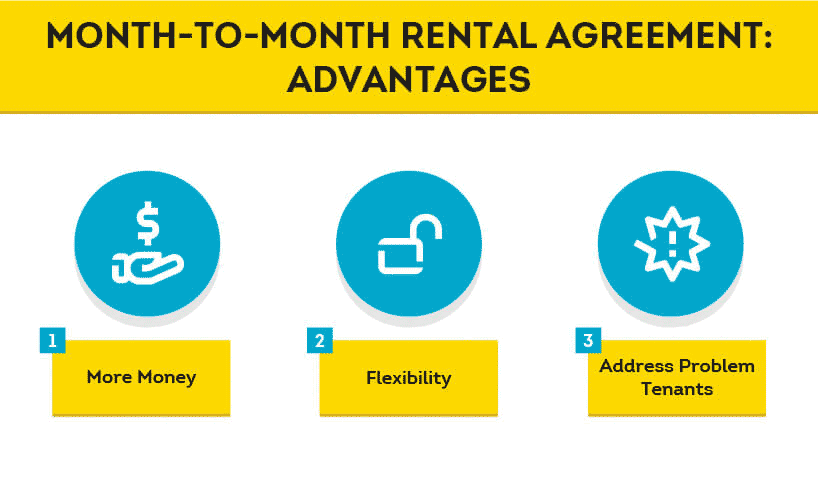
Who should use a Residential Tenancy Agreement?
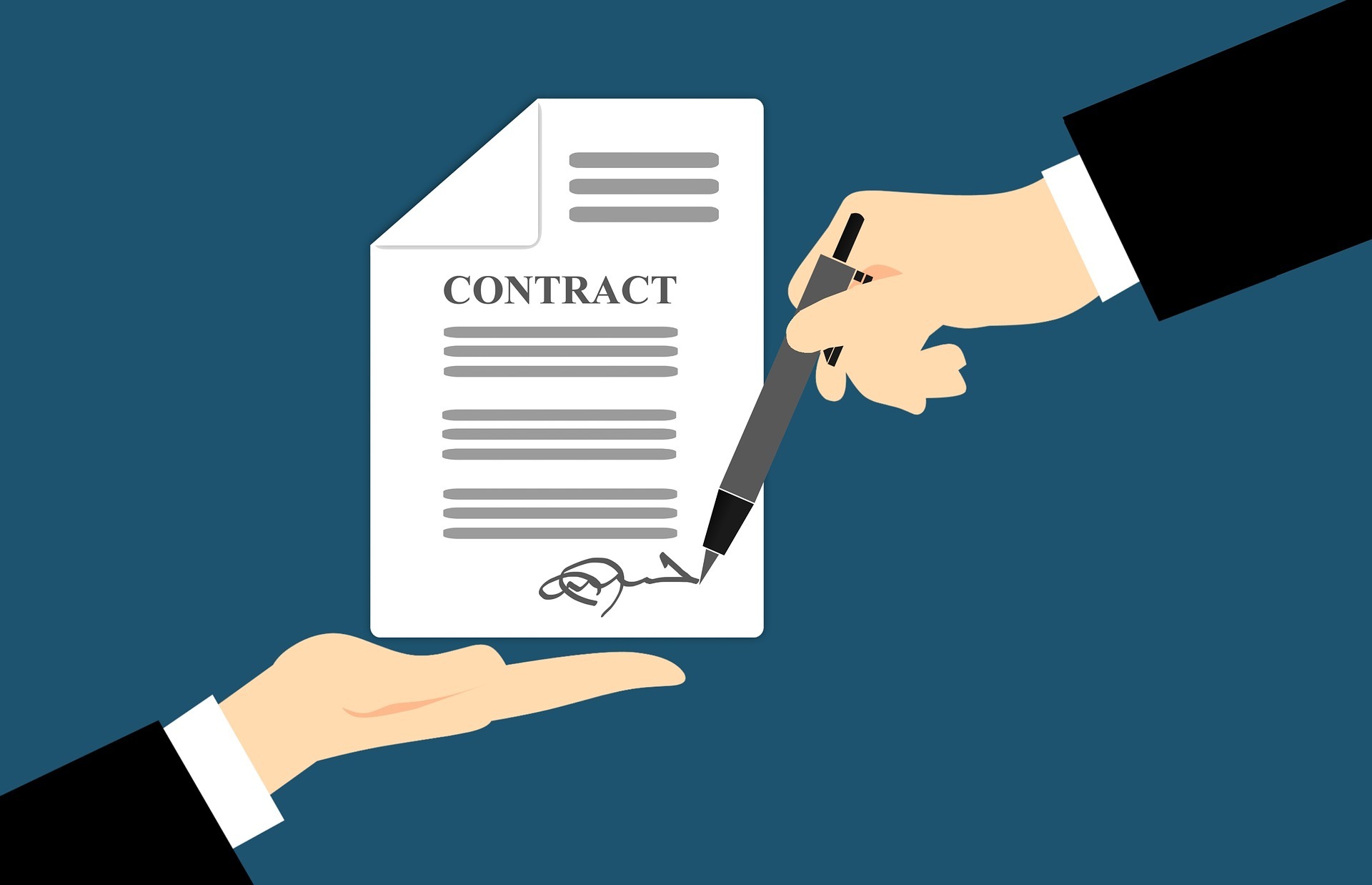
Any person renting residential property to or from someone else needs a Residential Tenancy Agreement. For example, the following individuals or organizations will find this document useful:
- Homeowners looking for a temporary tenant
- Individuals who own a rental property
- Tenants moving into a new place
- Property managers and tenant placement services
- Landlords renting a home to family or friends
- Individuals who want to rent with an option to purchase
What is included in a Residential Tenancy Agreement?
A standard Residential Tenancy Agreement should include the following things:
- Landlord and tenant details, including names and contact information
- Property details, such as the address
- Lease specifics, such as the term and start date
- Rent payment details, such as the amount, frequency, due dates, late fees, and acceptable forms of payment
- Security deposit information, such as the amount and rules for returning the deposit
- Utility information, such as whether they are included in the rent
- Rights and obligations for the landlord and tenant
A standard lease can also specify whether a tenant will have access to parking or early possession and can outline rules for a tenant regarding smoking, pets, maintenance, and insurance.
It can outline rules for a landlord regarding increasing rent, entering the property, terminating the lease, and completing inspection reports.
Our template allows you to create a more comprehensive Residential Tenancy Agreement which includes additional clauses regarding:
- Tenants operating a home business
- Tenants having a guarantor
- Landlords providing a furnished rental property
- Landlords using a property manager
Can you change or update a Residential Tenancy Agreement?
Yes, after you’ve created and signed a Residential Tenancy Agreement, you can amend it with a Lease Addendum. It allows a landlord and tenant to make changes instead of having to create an entirely new lease.
How do I get out of a Residential Tenancy Agreement early?
Generally, the first step in attempting to break a fixed-term lease (where nobody has violated the lease) would be to discuss the situation with the other party. If both parties consent to end the lease early, it can be terminated with a Termination Agreement.
If terminating a lease is not an option, subleasing or assigning may be a good alternative for both parties.
To sublease a rental property, a landlord provides their consent to sublease so the tenant can create a Sublease Agreement with a subtenant. The original tenant remains liable for the obligations stated in the original lease agreement.
Assigning a lease means transferring lease interest to a new tenant. Unlike subleasing, assigning means the original tenant gives away their rights and obligations to the new tenant. To assign a lease, a landlord provides their consent to assignment, and the parties use a Lease Assignment Agreement to outline the arrangement.
If one party has substantially breached the lease terms, the other may be entitled to end the lease early. If a landlord has legal cause to terminate a lease early, they inform the tenant to vacate the rental property with an Eviction Notice. Alternatively, a tenant uses a Termination Notice.
Landlords can also end a lease based on a lesser breach if they give the tenant a sufficient chance to remedy the problem and they don’t do so.




